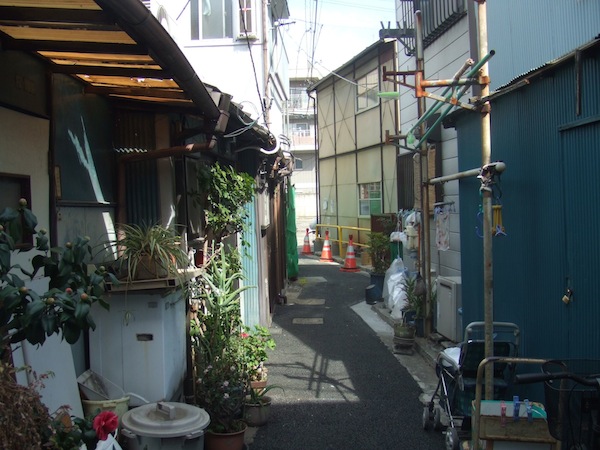Too much sharing
The Western, or, at least, American, idea of communal living has never caught on in Japan. It’s common for college students in the U.S. to rent a house together and share living expenses, and many continue this sort of living arrangement until they get married or make enough money to live alone. In Japan, it’s more common for college students who live away from home to rent small rooms if they don’t live in dormitories, but in any case, out of school they tend to live with their parents until they marry or may continue renting small apartments by themselves. The concept of small-scale shared abodes is rare, not so much because it’s not popular but because the housing market has never been accepting of such a situation. Landlords tend to be uncomfortable with multiple renters.
But for at least a decade now, something called “share houses” have become more prominent in Tokyo and other major cities. In most cases, they are commercial enterprises, houses built and maintained by companies for the express purpose of making money, and in that regard there’s very little difference between them and traditional Japanese apartments where individual units share toilet and kitchen facilities. What you usually get is a number of bedrooms, a communal living space that includes a kitchen, a communal shower, and a toilet or two. The tenants are coed and may or may not interact with one another. Of course, there has also been an increase in the number of conventional houses renovated so as to accommodate multiple individuals and which are closer to the American “roommate” style living situation, but share houses are more common.
But not common enough. A story that Tokyo Shimbun has been following since last fall shows that the authorities still don’t know what to do about share houses in terms of legal administration. An article that appeared in the paper in January described an anonymous, 41-year-old single woman and her daughter who started living in a share house in Kunitachi, Tokyo, in the spring of 2013. The woman makes a living as a freelance illustrator, but her income is not stable, so she applied for child allowances from the Kunitachi city office and received two payments, the jido fuyo teate, which is provided by the central government, and the jido ikusei teate, which is provided by Tokyo Prefecture. Combined, these two allowances, which in principle go to the children of single parents, amounted to about ¥40,000 a month. The money was approved by Kunitachi, which administers both allowances. Read More

